Ultimate Beach Safety Guide: Enjoying the Waves Responsibly
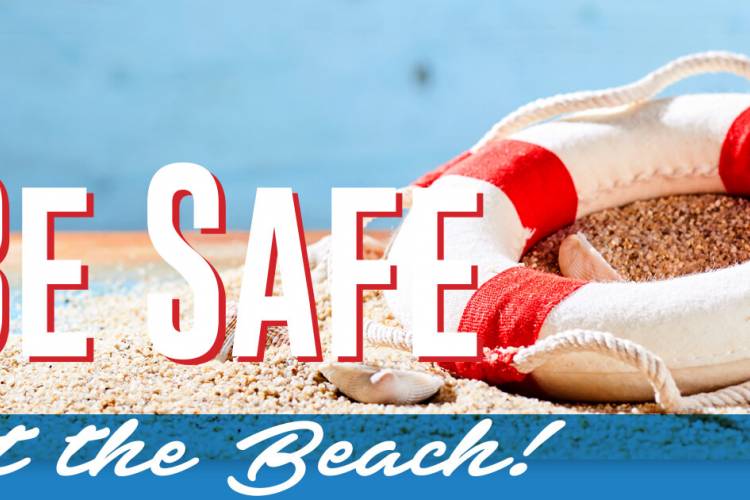
Welcome to the ultimate beach safety guide to enjoying the waves responsibly! As the sun-kissed shores and azure waves beckon, our priority is your safety and the preservation of these breathtaking beaches. With their unparalleled beauty comes the need for mindful exploration. This guide aims to provide you with essential tips and practices to ensure not only a memorable time but also a safe and respectful experience along the captivating coastline of 30A. Let's dive into how you can make the most of these stunning beaches while being conscientious stewards of this natural wonder.
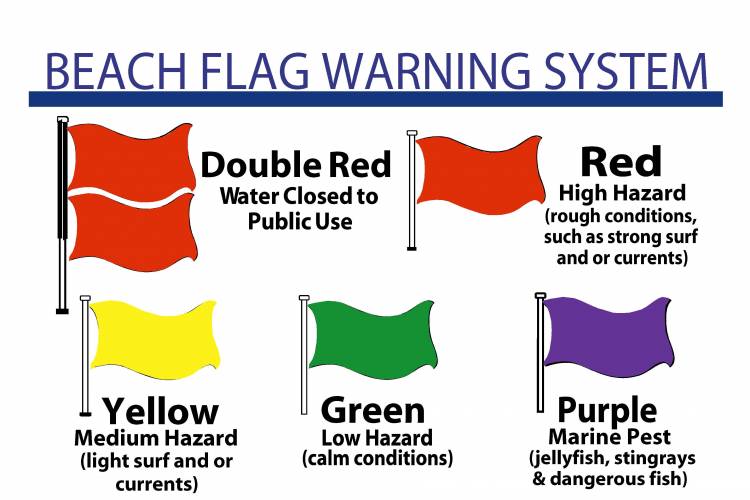
Check Beach Safety Flags and Signs:
Before going to the beach check the flag for the day. Always pay attention to these flags when you're at the beach. They're there to ensure your safety, and it's crucial to follow their guideliness. As always know your limitations and stay safe.
DOUBLE RED FLAG - Water CLOSED to Public
SINGLE RED FLAG - High Hazard, Dont venture past knee depth
YELLOW FLAG - Use caution, Light surf and or currents present
GREEN FLAG - Calm waters present
PURPLE FLAG - Marine life present such as jellyfish and stingrays
Text "FLAG" to 31279 to recieve beach flag warning updates.
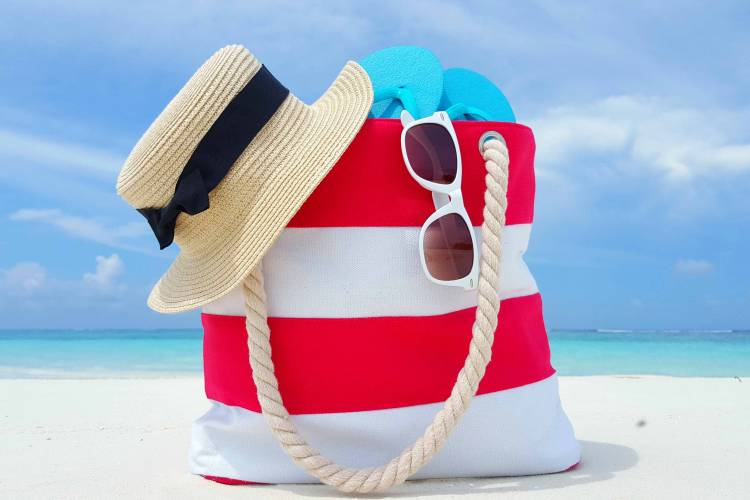
Packing Essentials:
When packing for the beach make sure to bring the essentials here are just a few.
1. Sunscreen - BE SUN SMART - Wear sunscreen to help protect against UV rays.
2. Water - STAY HYDRATED - Drink water throught the day to replace fluids lost to sweat and heat. Don't wait for extreme thirst to drink
3. Take a Friend - It's always a good idea to swim with at least one friend and never alone in any beach or lake.
4. Beach Toys/Chairs/Umberlla - Don't forget the toys to enjoy your time at the beach as well as a chair and umbrella to help seek shade.
5. Beach Towels - Don't forget something to dry off with. If staying with us, Beach Towels are provided at all our properties for your convience.
Understanding Beach Hazards
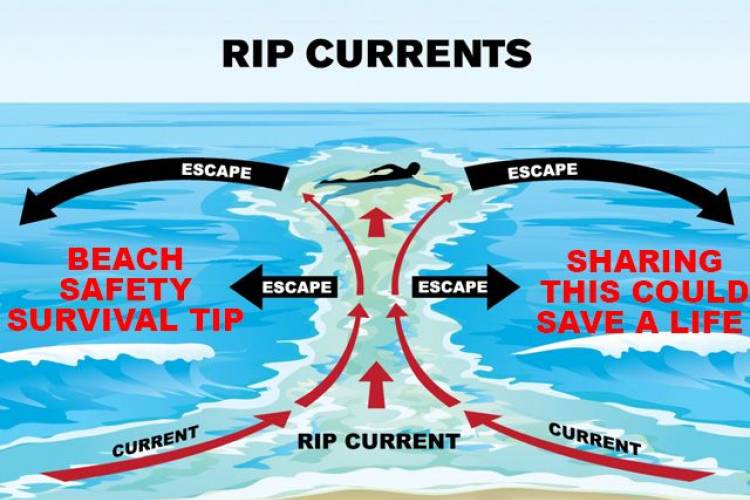
Identifying Rip Currents and How to Survive
A rip current is a powerful, narrow current that flows from the shoreline back out to sea. They can be hazardous to swimmers as they can quickly pull someone away form the shore and into deeper water.
Stay Calm: Don't panic. Conserve your energy and try to stay afloat.
Don't Fight the Current: It's crucial not to try to swim directly back to shore against the current as it can exhaust you.
Float or Tread Water: If you can, try to float or tread water and signal for help.
Swim Parallel to Shore: Instead of swimming directly toward the shoreline, swim parallel to the shoreline to escape the current. Rip currents are typically not very wide, and once you're out of its pull, you can swim back to the beach more easily.
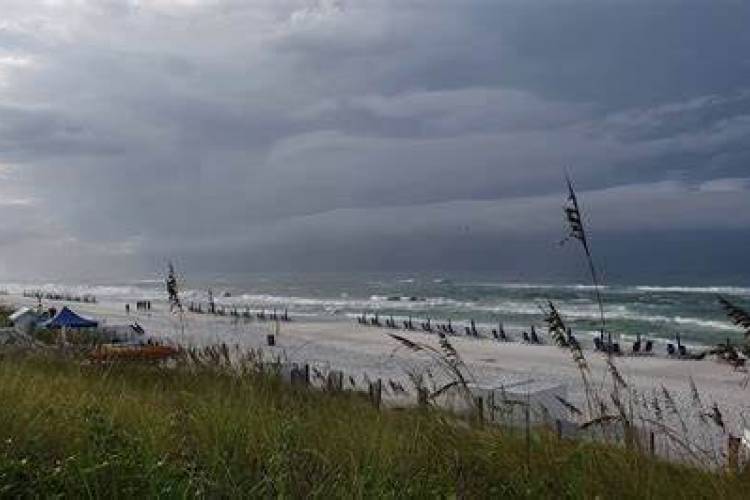
Weather and Water Conditions
Being aware of the weather forecast and its potential impact on beach conditions is essential for a safe and enjoyable visit. The weather in Florida can change at any time. Check local weather reports, beach warnings, and advisories before heading out to the ensure a pleasant beach day while staying safe.
Environmental Responsibility
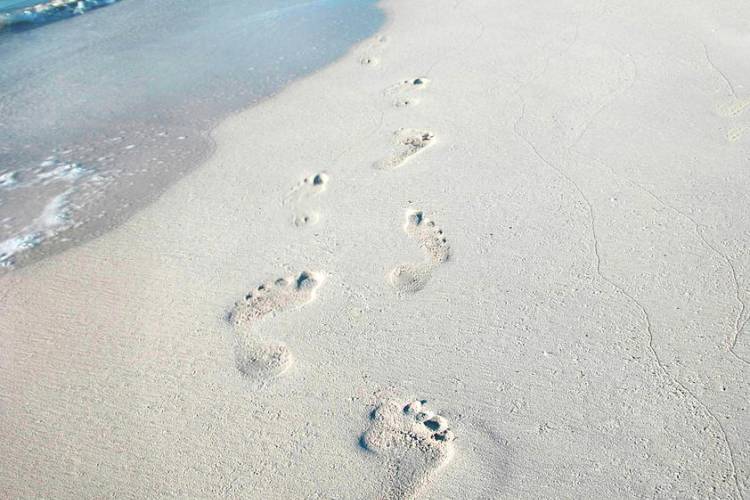
Leave No Trace
30A is know for having the "World's Most Beautiful Beaches" and we want to keep it that way for the enjoyment of everyone. "Leave No Trace" ordianance was passed to help with this. What can you do to do your part?
Anything you bring to the beach with you should also leave the beach with you. All of your personal items including, but not limited to:
Tents
Chairs
Umbrellas
Coolers
Trash
Any items will be removed and disposed of if left on the beach between the hours of 7pm and 7am.
And always fill in all holes
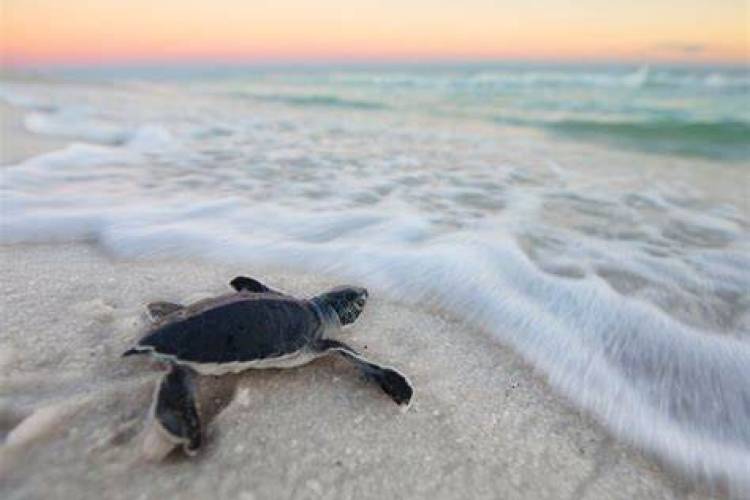
Respecting Wildlife
Florda's beaches are full of wildlife, but some creatures are better admired from afar.
Keep your distance from nesting sea turtles and birds.
Avoid touching or stepping on marine life, like jellyfish or sea urchins
Don't remove Sand Dollars from the water, especially if they are brown (which means they're still alive).
Keep an eye out for purple flags, indicating that dangerous or pesky marine life is present.
